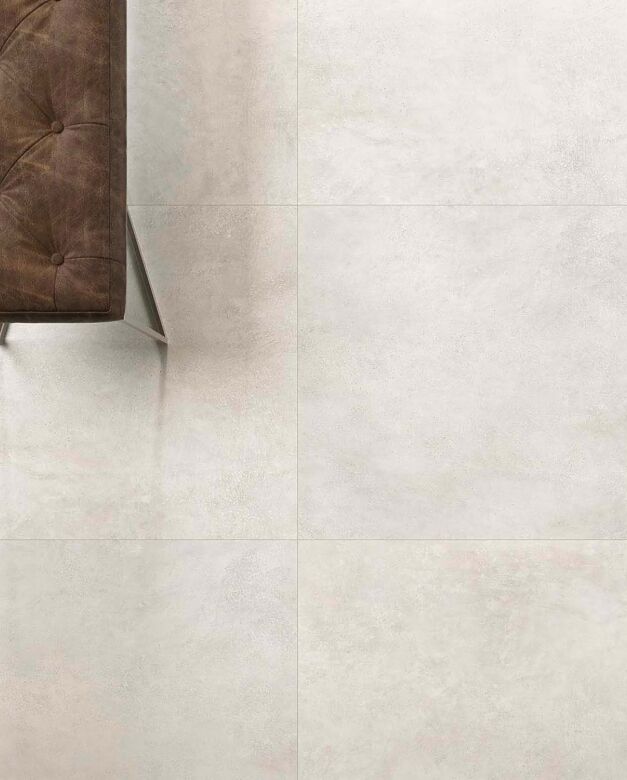 ×
×
Elevating Residential Kitchens: Strategic Countertop Tile Solutions for B2B Decision-Makers
Why Modern Developers and Designers Are Rethinking Kitchen Countertop Materials
The kitchen has evolved from a utilitarian space to the heart of residential design—a focal point where aesthetics intersect with functionality. For B2B professionals overseeing residential projects, selecting countertop materials demands a balance between durability, design flexibility, and cost efficiency. Countertop tiles, particularly those crafted from porcelain, ceramic, or composite stone, have emerged as a versatile solution capable of addressing these multifaceted demands. Unlike monolithic slabs, modular tiles could offer architects and contractors unparalleled adaptability in creating bespoke layouts while streamlining installation workflows.
Tailoring Durability to Project Specifications
High-traffic residential kitchens require surfaces that withstand daily wear without compromising visual appeal. Porcelain and ceramic tiles, for instance, may achieve Mohs hardness ratings of 7–8, rivaling natural stone in scratch resistance. For luxury developments targeting long-term value retention, materials with thermal shock resistance could mitigate risks of cracking under extreme temperature fluctuations—a critical factor for kitchens integrating induction cooktops or heated zones.

Design Versatility: Aligning with Luxury Market Trends
The shift toward personalized kitchen spaces has amplified demand for customizable tile patterns. Geometric layouts, textured finishes mimicking natural stone, and matte-glazed surfaces are gaining traction in upscale markets. Design-forward tiles could enable developers to differentiate projects—for example, waterfall-edge countertops using book-matched porcelain slabs create seamless visual continuity in open-concept kitchens.
Sustainable Material Sourcing: A Value-Add for Eco-Conscious Projects
With green building certifications like LEED driving material selections, B2B clients increasingly prioritize low-carbon solutions. Recycled-content tiles—such as those incorporating post-industrial glass or repurposed ceramic waste—could help developers meet sustainability benchmarks. Additionally, low-VOC adhesives and non-toxic sealants align with indoor air quality standards, a growing concern in multifamily housing.

Smart Surface Integrations: Merging Technology with Functionality
The rise of smart homes has spurred innovations in countertop functionality. Tiles embedded with wireless charging pads, antimicrobial coatings, or LED accent lighting could cater to tech-savvy homeowners. For developers, such features add marketable "future-proof" benefits—a high-rise project in Dubai utilized waterproof, Bluetooth-enabled tiles to create interactive kitchen islands, enhancing the property’s tech-forward branding.
Cost-Effective Alternatives Without Compromising Aesthetics
Natural stone counterparts like marble or quartzite often strain budgets, particularly in mid-tier developments. High-definition porcelain tiles replicating Calacatta marble veining or terrazzo speckling could achieve similar visual impact at 30–50% lower material costs. For bulk purchases, standardized color palettes and pre-configured tile kits simplify procurement, reducing lead times for large-scale projects.
Adapting Commercial-Grade Solutions for Residential Use
Durability standards from hospitality or healthcare sectors are being reimagined for homes. Slip-resistant textured tiles, initially designed for hotel kitchens, could enhance safety in family-centric kitchens. Similarly, stain-resistant nano-coated surfaces—popular in restaurant settings—minimize maintenance in vacation rentals or co-living spaces where frequent tenant turnover occurs.

Conclusion: Future-Proofing Kitchen Spaces Through Strategic Material Choices
Countertop tiles are no longer a compromise but a strategic choice for residential projects balancing aesthetics, performance, and budgetary constraints. For developers and designers, the material’s adaptability supports everything from ultra-luxury villas to scalable co-living renovations. By prioritizing innovations in sustainability, smart technology, and modular design, B2B professionals could position their projects at the forefront of kitchen design trends while delivering measurable ROI for stakeholders.
As residential kitchens continue to evolve, one certainty remains: materials that blend form, function, and flexibility will define the next generation of stylish, high-performance spaces.